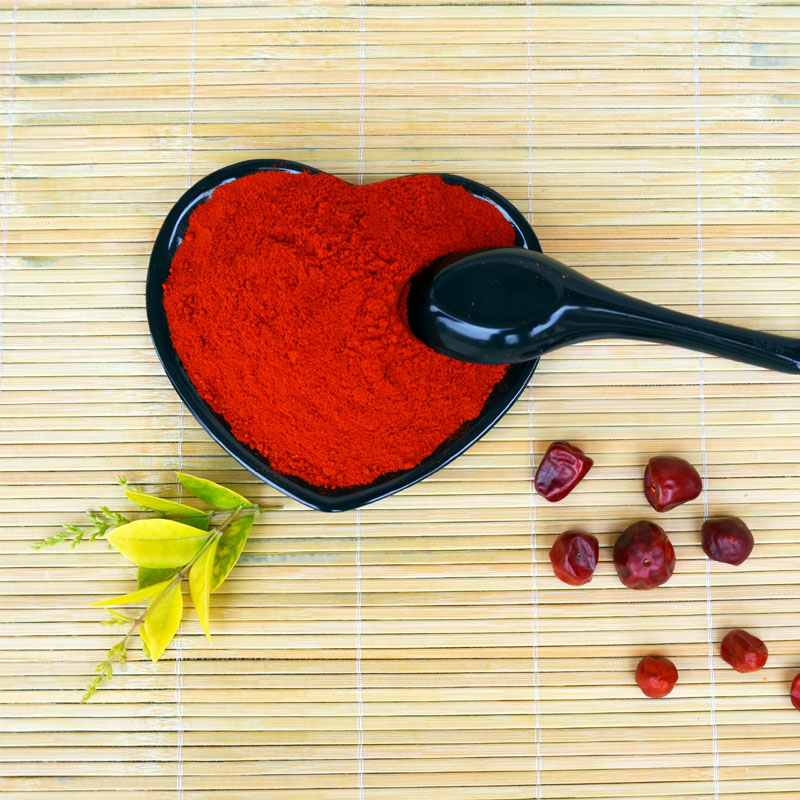- No. 268 Xianghe Street, Economic Development Zone of Xingtai city, Hebei 054001 China
- Byron@hbhongri.cn
Spicy Paprika and Garam Masala Flavor Fusion for Delicious Dishes
The Flavorful Harmony of Paprika and Garam Masala
In the realm of culinary arts, spices play a pivotal role in transforming basic ingredients into extraordinary dishes. Two such spices, paprika and garam masala, not only add depth and richness to our meals but also reflect the vibrant cultures they originate from. This article explores the characteristics, uses, and cultural significance of paprika and garam masala, showcasing how their harmonious blend can elevate various dishes.
Understanding Paprika
Paprika, a vibrant red spice derived from ground capsicum peppers, hails predominantly from Hungary and Spain, although its cultivation spans across several regions. The three main types of paprika—sweet, hot, and smoked—offer a variety of flavors and heat levels. Sweet paprika provides a mild, slightly sweet flavor, making it a popular choice for adding color and depth to dishes without overwhelming heat. In contrast, hot paprika brings heat to the table, while smoked paprika, infused with rich, smoky notes, adds a unique twist to recipes.
Incorporating paprika into dishes can be an art form. It is a staple in Hungarian goulash, Spanish paella, and various stews and soups. Its striking crimson hue not only enhances the visual appeal of a dish but also imparts a subtle warmth that is both comforting and inviting. Beyond savory dishes, paprika can also enliven dips, marinades, and even drizzles on roasted vegetables, illustrating its versatility in the kitchen.
The Complexity of Garam Masala
Garam masala, on the other hand, is a complex spice blend commonly used in Indian cuisine. Its name translates to hot spice, reflecting the warming qualities of its ingredients. Unlike paprika, which features a singular flavor profile, garam masala typically includes a variety of spices such as cumin, coriander, cardamom, cloves, cinnamon, and black pepper, among others. The specific blend varies by region and family tradition, resulting in a wide spectrum of flavors ranging from sweet to spicy, earthy to aromatic.
paprika garam

Garam masala is often added towards the end of the cooking process, allowing its essential oils and aromas to shine through while preventing it from losing potency in prolonged heat. This blend is essential in dishes such as tikka masala, biryani, and a plethora of curry recipes, adding warmth and complexity that define Indian cuisine.
The Interplay of Paprika and Garam Masala
When combined, paprika and garam masala create a delightful symphony of flavors that can take your dishes to new heights. The sweetness and smoky richness of paprika complement the intricate warmth and spice of garam masala, resulting in a dynamic profile that is sure to delight the palate.
Imagine a fragrant curry that harmonizes the earthiness of garam masala with the sweet smokiness of paprika. The spice blend can serve as the backbone of a dish, while paprika adds a beautiful color and subtle sweetness, creating a visual and flavorful feast. Whether used in a classic curry, a grilled chicken marinade, or a hearty vegetable stew, this pairing showcases how spices can coexist and enhance one another.
Conclusion A Culinary Journey
Exploring the interplay of paprika and garam masala invites culinary enthusiasts to embark on a flavorful journey that transcends geographical boundaries. By understanding the unique characteristics of each spice, we can appreciate how they elevate our everyday cooking. Their cultural roots and historical significance remind us of the rich tapestry of flavors that shape our culinary landscape.
As we experiment with paprika and garam masala in our kitchens, let us embrace the artistry that comes with combining these spices. Each pinch and sprinkle represents a bridge between cultures, creating not just meals, but experiences that nourish both the body and soul. As we deepen our understanding of these spices, we discover an infinite world of possibilities, every dish a testament to the magic of flavor.
-
Turmeric Rhizome Powder: A Golden Treasure from Roots to TableNewsJul.28,2025
-
The Versatile Application Of Crushed Red Hot Peppers: Lighting Up The Red Flames On The Dining TableNewsJul.28,2025
-
The Paprika: A Touch Of Vibrant Red In Color, Flavor, And CultureNewsJul.28,2025
-
Ground Turmeric: A Modern Examination of an Ancient SpiceNewsJul.28,2025
-
Capsicum Liquid Extract: Features, Applications, and ChallengesNewsJul.28,2025
-
Application of Capsicum Liquid Extract in FoodNewsJul.28,2025







